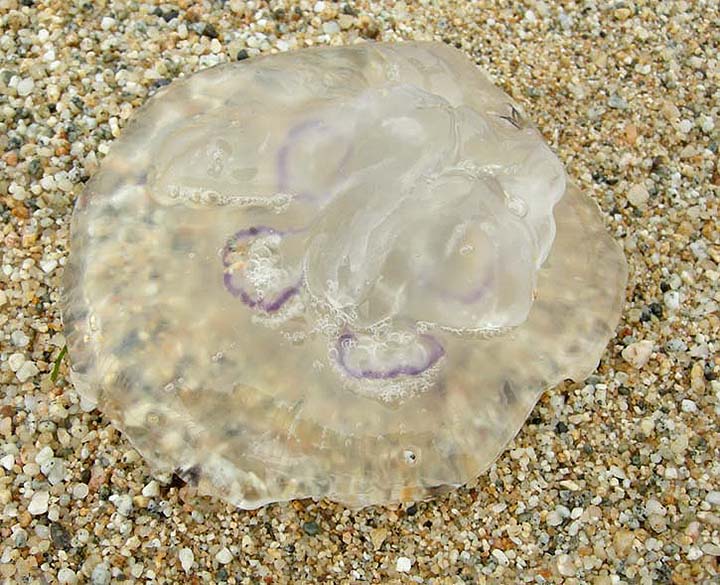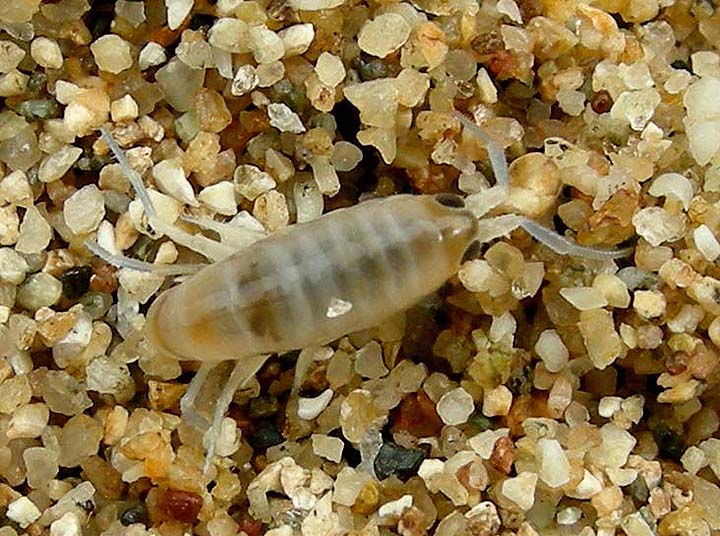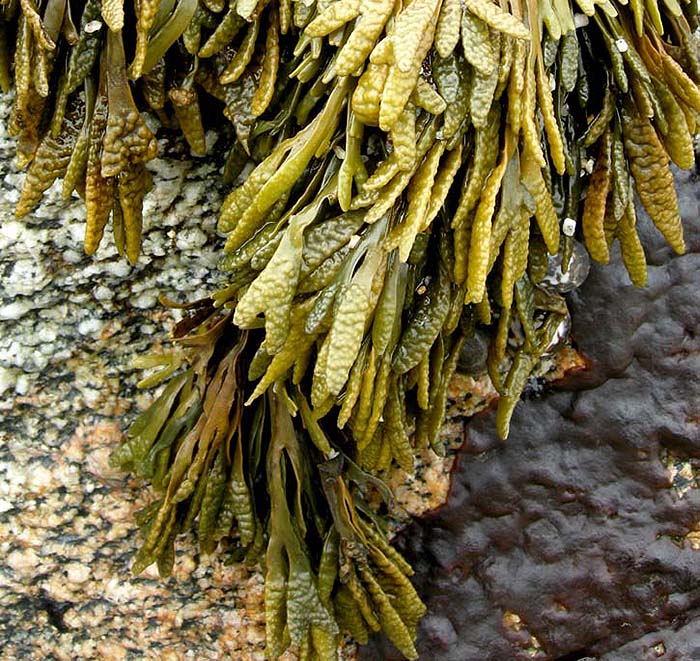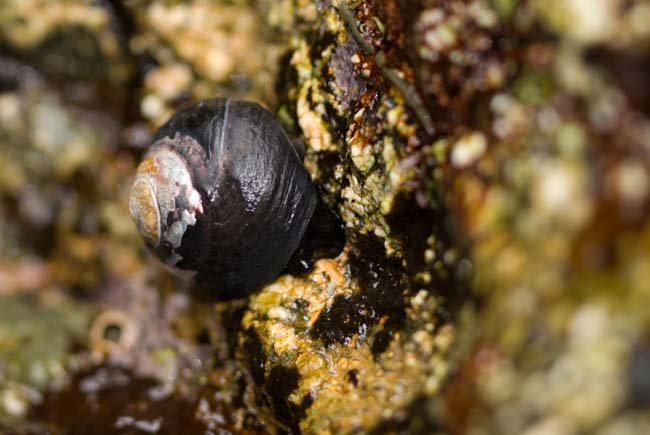Saturday's field trip: Montara 2
Saturday's field trip: Montara 2
Saturday D. and I went back to Montara to poke around in the tidepools. I took the following pics.
These are descendants of the cabbage the lighthouse keepers planted in their vegetable garden in olden times, when lighthouse keepers had to grow their own food. The cabbages survived and spread all over the nearby cliffs, having reverted back to their pre-hybridized state over the years. I call it "feral" cabbage.
A view of the beach at Montara.

Lots of debris on the beach, strung along the high tide line. Empty shells, crab claws, feathers, seaweed strands, bits of coraline algae and driftwood . . .




A cluster of mussel shells above the high tide line. Little plants grow from cracks and crevices in the cliffs, hanging on as best they can to life.

Where ground water seeps through crevices in the rocks, green algae flourish, dripping with excess moisture.


The beach was littered with cast-up moon jellies.

Some of them looked a little worse for wear.

One of them had a fly stuck in it.


This fist-sized clump of seaweed is Endocladia muricata, or nail brush algae. It's also known as sea moss.

Fingered limpets cling to the rocks.

This sowbug relative is a Western sea roach. In spite of its name, it is not an insect. Its coloration helps it blend in to the background. Like most other invertebrates here, it eats the algae growing on the rocks.

A cluster of tiny checkered periwinkles awaits the return of high tide.
A group of blue mussels and a goose barnacle hang tight till high tide returns. The brown blob is tar spot algae.
Since the low tide that day was relatively high, we couldn't get out very far onto the reef. We saw only one little aggregating anemone in a tidepool close to shore.

A cluster of goose barnacles, with a couple of mussels and a few tiny snails.
This creature is a California beach flea. They are not insects, but crustaceans. They hop around in the sand and eat kelp.

Strands of rockweed cling to a, er, rock.

A pair of ravens hung out for a while in a patch of iceplant on a bluff overlooking the beach.

A pair of black oystercatchers have a buffet lunch on the exposed rocks.

A view of the foggy sea as we leave Montara to go home.

❧ ❧ ❧ ❧ ❧ ❧ ❧ ❧ ❧ ❧ ❧ ❧ ❧ ❧ ❧ ❧ ❧ ❧ ❧ ❧ ❧ ❧ ❧ ❧ ❧ ❧ ❧
D. took the following pics.
There were pretty flowers along the base of the cliffs. I don't know what most of them are.
I'm pretty sure this is California buckwheat.
This looks like some kind of orchid.
Two snails huddle together on the rocks.

A black turban snail in the shallows.

Another black turban snail climbs algae-encrusted rocks during low tide.

Checkered periwinkles.

That pearly patch appears to be part of a red abalone glommed onto the side of the rock. Something wore away its outer shell to reveal the nacre beneath.
This is a striped shore crab enjoying low tide in a tide pool.

We saw many other kinds of crabs scuttling about in the nooks and crannies of the rocks. I never fully appreciated style of locomotion and the shape of a crab until I saw them scoot sideways with total ease through narrow, inaccessible slit-like crevices among the tidepools.



Black oystercatcher on the lookout for mussels.

Beautiful crashing surf serenades us on our way back to the car.
.
Saturday D. and I went back to Montara to poke around in the tidepools. I took the following pics.
These are descendants of the cabbage the lighthouse keepers planted in their vegetable garden in olden times, when lighthouse keepers had to grow their own food. The cabbages survived and spread all over the nearby cliffs, having reverted back to their pre-hybridized state over the years. I call it "feral" cabbage.
A view of the beach at Montara.

Lots of debris on the beach, strung along the high tide line. Empty shells, crab claws, feathers, seaweed strands, bits of coraline algae and driftwood . . .




A cluster of mussel shells above the high tide line. Little plants grow from cracks and crevices in the cliffs, hanging on as best they can to life.

Where ground water seeps through crevices in the rocks, green algae flourish, dripping with excess moisture.


The beach was littered with cast-up moon jellies.

Some of them looked a little worse for wear.

One of them had a fly stuck in it.


This fist-sized clump of seaweed is Endocladia muricata, or nail brush algae. It's also known as sea moss.

Fingered limpets cling to the rocks.

This sowbug relative is a Western sea roach. In spite of its name, it is not an insect. Its coloration helps it blend in to the background. Like most other invertebrates here, it eats the algae growing on the rocks.

A cluster of tiny checkered periwinkles awaits the return of high tide.
A group of blue mussels and a goose barnacle hang tight till high tide returns. The brown blob is tar spot algae.
Since the low tide that day was relatively high, we couldn't get out very far onto the reef. We saw only one little aggregating anemone in a tidepool close to shore.

A cluster of goose barnacles, with a couple of mussels and a few tiny snails.
This creature is a California beach flea. They are not insects, but crustaceans. They hop around in the sand and eat kelp.

Strands of rockweed cling to a, er, rock.

A pair of ravens hung out for a while in a patch of iceplant on a bluff overlooking the beach.

A pair of black oystercatchers have a buffet lunch on the exposed rocks.

A view of the foggy sea as we leave Montara to go home.

❧ ❧ ❧ ❧ ❧ ❧ ❧ ❧ ❧ ❧ ❧ ❧ ❧ ❧ ❧ ❧ ❧ ❧ ❧ ❧ ❧ ❧ ❧ ❧ ❧ ❧ ❧
D. took the following pics.
There were pretty flowers along the base of the cliffs. I don't know what most of them are.

I'm pretty sure this is California buckwheat.
This looks like some kind of orchid.
Two snails huddle together on the rocks.

A black turban snail in the shallows.

Another black turban snail climbs algae-encrusted rocks during low tide.

Checkered periwinkles.

That pearly patch appears to be part of a red abalone glommed onto the side of the rock. Something wore away its outer shell to reveal the nacre beneath.
This is a striped shore crab enjoying low tide in a tide pool.

We saw many other kinds of crabs scuttling about in the nooks and crannies of the rocks. I never fully appreciated style of locomotion and the shape of a crab until I saw them scoot sideways with total ease through narrow, inaccessible slit-like crevices among the tidepools.



Black oystercatcher on the lookout for mussels.

Beautiful crashing surf serenades us on our way back to the car.
.